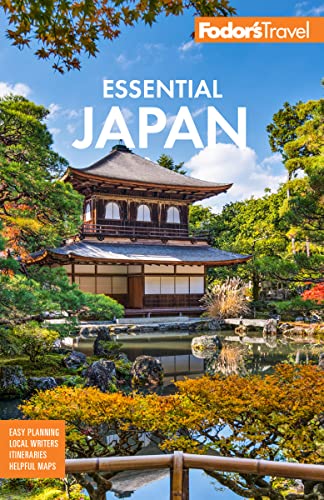Nara is a place of synthesis, where Chinese art, religion, and architecture fused with Japanese language and Shinto traditions. The city was established in AD 710 and was then known as Heijo-Kyo (citadel of peace). Fujiwara-no-Fuhito, father-in-law of Emperor Mommu, was responsible for the city's creation. His grandson, the future Emperor Shomu, later graced the new capital with its wealth of temples, pagodas, and shrines.
Buddhism had come to Japan in the 6th century. Along with kanji (Chinese characters) and tea, it spread throughout the archipelago. Emperor Shomu hoped that making the new capital the center of Buddhism would unite the country and secure his position as head of an emergent nation state. The grandest of the Buddhist temples built in Nara during this era was Todai-ji, which Emperor Shomu intended as a nexus for all the temples of his realm. But after 84 years the citadel of peace fell victim to the very intrigue that the emperor had tried to suppress. In AD 794, the capital moved to Kyoto and Nara lost prominence, as did the Kegon sect that still manages Todai-ji today.
Now Nara is a provincial city whose most obvious role is a historical one, and Todai-ji is a monument rather than a political stronghold. Nara is a site of renewal and reinvention that has overcome typhoons, fires, and wars to remain a city of superlatives. Its position in the national consciousness as the birthplace of modern Japanese culture is well secured.
With relatively flat roads, an abundance of greenery, and most of the major sights located within Nara Koen, by far the best way to see Nara is on foot. Even the quaint, traditional streets of Nara-machi are a 10-minute walk from Nara's two central stations. For people with less time, most of the main sites can be reached by bicycle, except for those along the eastern edge of the park, such as the San-gatsu-do, the Ni-gatsu-do, and Kasuga Taisha.
Almost at the center of the Japanese archipelago, Nara is on the Yamato plain, with Osaka to the west and Kyoto to the north. Much of what you'll come to Nara to see is in picturesque Nara Koen (Nara Park), which is a short distance east of the two main stations.
It was created out of wasteland in 1880 and sits east of the Kasuga Mountain and the cleared slopes of Wakakusa-yama, in a dense forest. The park is home to some 1,200 tame deer, the focus of much local lore and legend. The commercial shopping district is south of Kintetsu Nara Station, while Sanjo-dori, west of Nara Koen and Nara-machi, has the two main tourist shopping areas. Horyu-ji, Yakushi-ji, and Toshodai-ji, the major temples of western Nara, are all on one bus route or can be reached by JR train.
Nara-machi was the "new" area of Nara at the beginning of the Edo period (1603–1868). Today its lanes and alleys are still lined by old wooden houses with latticed windows and whitewashed walls. Many of these old houses have been converted into galleries, museums, and shops.
In Western Nara, Horyu-ji Temple has the oldest wooden structures in the world and is considered the apotheosis of classical Japanese architecture. Toshodai-ji Temple is where Ganjin, the first Buddhist monk to come to Japan from China, taught Japanese monks and legitimized the spread of Buddhism throughout the country.




